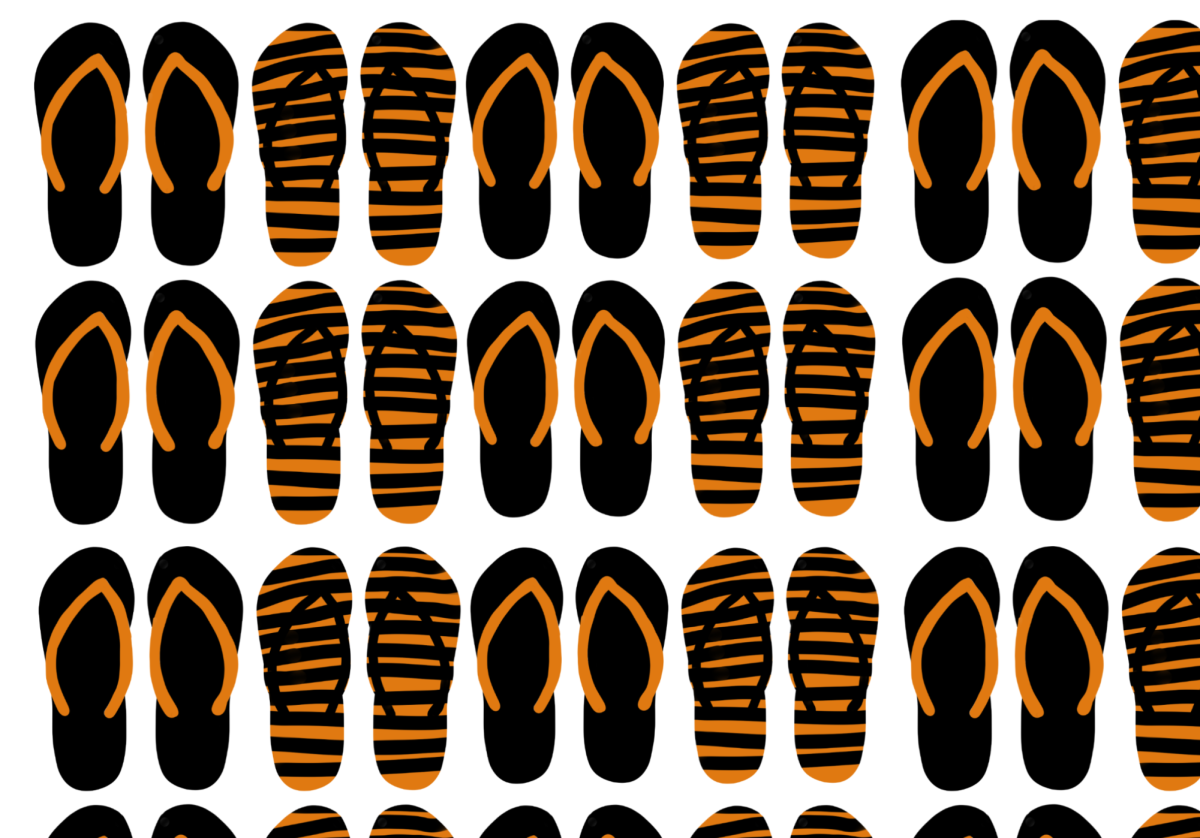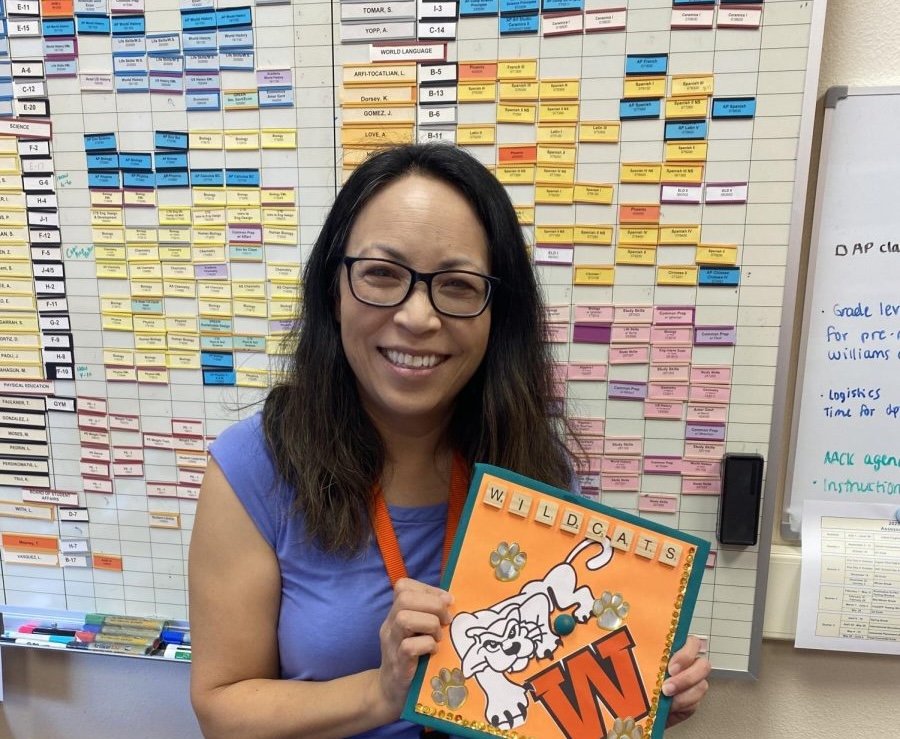For many seniors, spring is quantified by the nervous checking of emails and mailboxes for the magical “Congratulations” scrawled across their college acceptance letters. Yet, the real fear for many isn’t whether they got into their dream school but if they can afford it.
To help subsidize the cost of college, the U.S. Department of Education offers the Free Application for Federal Student Aid (FAFSA). In an attempt to make the form more accessible and easier to use, FAFSA underwent a complete revamp this year following Congress ordering the Education Department to do so three years prior. The goal of this revamp was to shorten the previous 100-question form to fewer than 40 questions to limit confusion around the process. However, for the past six months, students and families have had to navigate technical malfunctions and delayed rollouts in a system not ready for usage.
“Colleagues from college financial aid offices shared rumors that the Department of Education did not beta test the software before asking families to complete the new FAFSA application,” College and Career counselor Lisa Vasquez said.
Normally, FAFSA rolls out their application on October 1. This year, students didn’t have access to it until December 31. Once available, students noted being locked out of the system, having to restart their applications multiple times, and being stuck on parts of the application with no way to receive help.
These issues were compounded by the Department of Education making a pivotal discovery: 70,000 unopened emails from students across the nation with essential information regarding their FAFSA, according to the New York Times. For students with parents or guardians who don’t have a social security number and require a FAFSA identification number to apply, this was detrimental to their process of securing financial aid.
“We have some families who, if they have mixed status, like let’s say as a student, I have a social security number, but my parents do not, it’s been a challenge because the students have been unable to get their parents signature,” Vasquez said.
Senior Vivianna Verdusco, who is a first-generation college student, struggled with the FAFSA process as her father is not a U.S. citizen. While Verdusco’s father has a green card and social security number, he was not registered with FAFSA. This made the process immensely more difficult.
“It was kind of confusing because my dad isn’t registered and it took him a while to get registered,” Verdusco said. “I’m [also] the first one to go to college and my parents didn’t go to college so they were really confused.”
Verdusco additionally faced technical difficulties with the FAFSA software after the program would not let her alter the form and add her mother’s signature. It was only through social media that Verdusco was able to fix the problem.
“I got it fixed the other day,” Verdusco said. “I didn’t even hear about it from FAFSA like they didn’t even send out an email. I heard about it on TikTok. So then I went and checked and saw that they were fixed.”
It was only a couple of weeks ago that Verdusco was even able to submit her FAFSA application despite the original deadline of March 2, 2024. Fortunately, Gov. Gavin Newsom signed a bill on March 25, 2024, that extended the FAFSA deadline for Californian students to May 2, 2024. For Verdusco, this gives her more time to decide between her top two college choices of University of California, Los Angeles, and California State University, Pomona.
Yet, Vasquez noted that many issues, like in Verdusco’s case, could’ve been resolved sooner had FAFSA resorted to a previous strategy that worked well in the past. For students with parents who don’t have a social security number, FAFSA, in past years, has allowed parents to sign a signature page which could then be mailed, processed, and verified. However, this was not an option this year.
“It was really scary and sad to know that they’re creating all these extra barriers because it becomes an issue where some families feel maybe this is too complicated,” Vasquez said. “[Many] opt out [of FAFSA] when they could be qualifying for Pell Grants, state grants like the Cal Grant, and then more locally, the promise programs at Cãnada, College of San Mateo, Skyline, and Foothill.”
The more technical side of the program has also given families many issues. For senior Suselin Andrade Jacinto, the technical difficulties she experienced forced her to delete her application and start all over.
“I feel like they should have had more instructions…[and had] given more description on what each person should do, considering everyone has different situations,” Andrade Jacinto said. “My parents already had their tax information and it wasn’t told before that we had to turn anything in. No one knew that…[and] we just figured that out [on our own].”
The company hired to revamp FAFSA, General Dynamics Information Technology, is notoriously known for its failure to roll out HealthCare.gov, a health insurance website under the Affordable Care Act. Many students and educators blame this company for the numerous technical difficulties experienced while using FAFSA.
Vasquez, however, is more worried about the number of students FAFSA issues will negatively impact. According to Vasquez, with the revamped system, FAFSA is insistent that college advisors and financial aid supporters shouldn’t support students during the process. This has presented numerous challenges to first-generation college students whose families are often uncomfortable or confused by the financial aspect of FAFSA and have in past years received support from Vasquez.
“It’s really brought up a lot of obstacles and additional walls for the students who are most at risk of needing additional support,” Vasquez said. “So this is not a faster [or] better FAFSA for many people. My fear is, who’s going to pay the price? Students who need the aid the most.”







